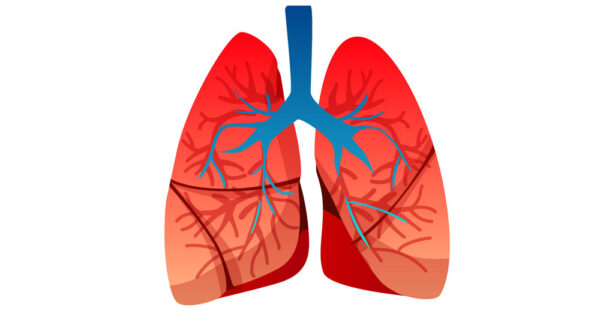
Study debunks fears of youth vaping
Posted on June 23, 2022 By Colin
A COMPREHENSIVE REVIEW of youth vaping in the US has concluded that the harm from vaping is greatly exaggerated and that vaping is unlikely to be causing an increase in youth smoking.
The review by leading researcher Professor Riccardo Polosa and colleagues was published today in The Journal of Allergy and Clinical Immunology.
The review is a timely response to the regular alarmist media reports and government campaigns on vaping in Australia which have increased fears and misinformed the public.
There is a strong pattern of Australian media stories focussing on negative and sensational news about vaping and presenting one-sided views. Almost certainly, this positive review will get minimal or no media coverage.
Polosa is clear that vaping is a legitimate concern for young people. Young people should not vape, but many will do so despite what adults tell them, just as many binge drink, take illicit drugs and other risks. It is important that “authorities must enforce current regulations addressing illicit sales to minors”.
Key findings of the review are:
There is no teen vaping 'epidemic' in the US
Vaping rates rose substantially over the last decade but fell by 60% from 2019 to 2021 and vaping may be a passing fad, like fidget spinners. Most vaping is by young people who have previously smoked.
Most use by non-smokers is experimental and short-term and frequent use is rare
Only 3% of high school students who never smoked are vaping frequently (20 or more times per month).
Dramatic decline in youth smoking
At the same time that vaping has risen in popularity, high school cigarette smoking has declined dramatically and has almost been eliminated in the US. Smoking rates fell 77% from 8.3% in 2018 to 1.9% in 2021.
This suggests that vaping is highly unlikely to be increasing smoking uptake. It is much more likely that vaping is diverting young people away from smoking, helping some young smokers to quit and contributing to the rapid fall in youth smoking.
Minor health effects
The report reviews the science which shows that vaping is substantially less harmful to health compared to smoking. Polosa says
Most e-cigarette usage is infrequent and unlikely to increase a person’s risk of negative health consequences
The report finds that respiratory symptoms linked to vaping “tend to be transient and of uncertain significance”.
Polosa notes that some researchers believe that vaping harms the lungs, but many studies are flawed and incorrectly interpreted.
The most commonly reported adverse effects are throat/mouth irritation, headache, cough and nausea, which settle with continued use.
Some studies have found an association between youth vaping and asthma but there is no evidence that vaping causes asthma. Any association is much more likely to be related to present or past smoking.
Polosa rightly points out that we do not yet know if youth vaping can cause health consequences in adulthood and long-term studies are needed to clarify this.
Reassurance for parents
Vaping by young people is a legitimate concern for parents however, the evidence indicates that the risks are exaggerated.
This review of the scientific evidence confirms that most vaping by US teens is short term and unlikely to have any significant health consequences, although long-term risks are unknown.
In fact, vaping by young people appears to be reducing the risk of taking up smoking, which is much more harmful. Some youth smokers are switching to the safer alternative and non-smokers try vaping as an alternative to deadly cigarette smoking.
Overall, the public health impact of youth vaping may be positive. Australian parents should sleep better.
Reference
Go to Top